May 18th is a day for museums across the globe to come together for International Museum Day. This date has been celebrated for more than 42 years since its establishment by the International Council of Museums (ICOM) in 1977. The objective of this day is to raise awareness about museums’ contribution to “cultural exchange, enrichment of culture, and development of mutual understanding, cooperation and peace among people.”
While many museums across the globe are still physically closed due to Covid-19, museums have taken to digital platforms like Facebook, Instagram and their respective websites to promote this year’s theme, “Museums for Equality: Diversity and Inclusion”.
In this segment of our Heritage at Home Series, we feature the story of the U Chan Muul YaaxK’aax Museum in Northern Belize.
In Belize, there are many community-based museums contributing to this overall effort. In this segment of our Heritage at Home Series, we feature the compelling story of U Chan Muul YaaxK’aax.
Nestled away in the quaint village of San Lázaro, Orange Walk District, Belize, the U Chan Muul Yaax K’aax Museum is a hidden treasure. As a member of the Museum Association of Belize, this community-supported resource center fuses tangible and intangible cultural heritage elements to tell the story of the Maya Mestizo communities of Northern Belize.
We interviewed Mr. Hugo Carrillo, one of its founders to hear more about the Museum, its development, their work, and how it has been impacted by Covid-19.
Tell us a little bit about the Museum. What inspired the people of San Lázaro to establish it?
Honestly, the idea to establish the Museum began when we hosted the first Festival del Pueblo in San Lázaro, Orange Walk in 2012. It was a cultural showcase for the Maya-Mestizo people of Northern Belize and grew over the years as we started to incorporate outdoor exhibits and educational materials.
We noticed that people were eager and interested in our outdoor exhibits. We got a lot of support, encouragement, and motivation to develop more. At that point, we started to see our initiative as a resource and realized that establishing a dedicated Resource Center was necessary. That’s where the U Chan Muul Yaax K’aax began, which means the “Little Mound in the Green Forest”.
Since the first Festival del Pueblo and the establishment of the Museum, we’ve already begun to see how the museum provides a sense of pride and positive self-esteem to the community members and visitors.
Since the first Festival del Pueblo and the establishment of the Museum, we’ve already begun to see how it provides a sense of pride and positive self-esteem to the community members and visitors. One of the dance performers testified, “I feel a lot of confidence when I share my culture and identity. Even if I’m not a professional, I think people appreciate it.”
Why do you think people are eager to support?
This is probably because there is such little information or documentation of our community, not only our community but also surrounding communities, and about the Maya Mestizo people from this area. Many groups and organizations have been established over the years. Many of them focus on creative and cultural expression, so the fact that we had a strong research and education component makes us special. There is a hunger among the people to recover and promote our history and culture not only within the community but also in the official education system.
There is a hunger among the people to recover and promote our history and culture not only within the community but also in the official education system.
On a personal note, my great-grandparents are survivors of the Caste War which shaped the history of Northern Belize. They are proud of our culture and for being among the first settlers to establish San Lázaro. In the community, people are full of knowledge about their culture and folklore; there is a cry to rescue it.

Given all of that, what does the Museum hope to achieve?
Firstly, we want to be a resource center for our communities and all of Belize. The Maya Museum showcases artifacts and information from the pre-Hispanic Maya civilization, the Maya Social War, or what is commonly known as the Caste War (1847) and the life of contemporary Maya.
We want to research, educate, promote, and advocate. When we started this, we decided we wanted to build a bridge between our community and our past.
We want to research, educate, promote, and advocate. When we started this, we decided we wanted to build a bridge between our community and our past, our heritage, where our people come from. We also want to extend that bridge of knowledge to others: the wider Belizean community.
At the museum, there is a small botanical and medicinal garden (Ixchel). It displays folkloric characters such as the Alux and Ixtabaay. We have a wide range of pictures, instruments, clothing, and toys for children; all these are from the Maya culture.
Can you talk a little bit more about the support you have received thus far? Who are your partners?
We have received a great outpouring of support since we established the Festival del Pueblo and the Museum. From the community, there is ongoing family support. The Carrillo family and other families in San Lázaro and from neighboring villages continue to share their time and their talents.
We have received a great outpouring of support since we established the Festival del Pueblo and the Museum.
We also work closely with schools and teachers. The Belize High School of Agriculture is a key partner, and that’s one of the institutions we’ve identified to adopt and continue to foster a close relationship with. Their principal, teachers, and students have been very helpful. We’ve also had visits and support from St. John’s College High School in Belize City.
We have had volunteers from the University of Quintana Roo in Mexico along with NGOs from Chetumal and Bacalar in Mexico and presentations from the Ballet Folklórico from Othon P. Blanco as well. There are groups from the various villages like Yo Creek, San Narcisso and San Jose. In terms of Belizean organizations, the Northern Maya Association that we are a part of is also very supportive, along with other groups like To’one Masehualoon.
Of course, I also have to mention the support from the Government of Belize through NICH and the Ministry of Tourism, and then the Mundo Maya Organization. From NICH we received grant funding from the Cultural Development Fund in 2019, and even before that, the Banquitas and Corozal Houses of Culture have been consistent partners. The support we have received is a motivation and we’re always interested in growing our network.
What’s the current status of the museum? How has your work been affected by COVID-19?
A lot of our work has been placed on pause. We were in the middle of constructing our Museum Building when the situation escalated. We are basically on standby. The people that would volunteer or come do the work on the building cannot do so anymore. Materials cannot be transported to the village.
A lot of our work has been placed on pause. We were in the middle of constructing our Museum Building when the Covid-19 situation escalated.
We are still doing work at home, though. We are doing the best we can to focus on upgrading the Museum plans to reflect safety measures that are being recommended in light of Covid-19. We’re planning to make the outdoor trails and walkways more spacious and expand the open-air concept to allow for physical distancing recommendations. So while things have improved slightly in Belize, we’re going to wait a little bit more. We’ll use the opportunity to improve our facilities.
Do you continue to engage your partners during this time? If so, how?
We stay in touch via Whatsapp and Facebook Messenger mostly. We’ve tried to encourage our community members to use the time to develop arts and crafts: embroidery, paintings, bamboo crafts, crafts made from coconut, and locally found seeds. These items will be put on display and possibly sold in the Museum once it is up and running. We have noticed that visitors are interested in purchasing crafts from our community. Some visitors have been inspired to start planting after observing and learning about our medicinal plants.
We mostly stay in touch via Whatsapp and Facebook Messenger. We’ve tried to encourage our community members to use the time to develop arts and crafts.
We live in a community where many people work in the Cane Industry, which is seasonal. Therefore, there is an opportunity to contribute to sustainable social, environmental, and economic community development through the Museum and heritage program.
We also have a network of professors in specific areas like history and archaeology, who keep us informed of online webinars and conferences. So every time there is a webinar or online training, I encourage the students and teachers that we partner with to take part.
We’ve also been working on enhancing our online presence. We’ve gotten an outpouring of support from heritage professionals who want to share their capacity with us. Assistance as simple as enhancing our Facebook Page to grow our online network makes a big difference. This is something that has been offered to us by our friends at Craboo Creative, for example.
Have you started to consider how the annual Festival del Pueblo might be affected? How do you plan to respond to this?
Presently, we don’t know what the situation will be. We continue to rely on the advice from our elders. They have advised us on how to prepare, plan, and make considerations for local issues and illnesses such as pink eye and even the current drought. So we will definitely continue to consult with them before making any plans.
Presently, we don’t know what the situation will be. We continue to rely on the advice from our elders.
We’re also considering doing a virtual festival. We would need technical assistance to reach a bigger audience by partnering with organizations with a bigger platform like NICH and BTB. I think it will work if we have the support, but we are still in the planning stages of that. That’s another layer to consider now because every year that we do the festival, we research everything so that we know we are giving facts. One year we featured the Maya Social War, another year we recognized Maya heroes like Marcus Canul. We’ll see what this year brings.
In terms of having visitors to the Museum, I think we will start by taking bookings from small groups by appointment. Of course, first, we want to finish the infrastructure and have things ready with safety standards.
This is the story behind one community-based museum in Belize and how they are coping to safeguard heritage and culture in the time of Covid-19. There are many other community Museums and experiences that are also doing extraordinary work. Please feel free to CONTACT US if you coordinate a community-museum, or would like to contribute to the narrative in Belize. Your contributions will help to shed light on the difficulties being faced by cultural organizations and communities in safeguarding their heritage in the context of Covid-19.
We encourage you to explore the Community Living Heritage Resources page of the Belize Living Heritage Website for a listing of more community-based museums and resource centers from across Belize.
Follow us on our social media platforms: ISCR Instagram and ISCR Facebook; or sign up to stay updated on Belize Living Heritage Content.
Belize Heritage at Home Series No. 3
About the author: Selene Solis is a Research and Education Officer with the Institute for Social and Cultural Research, ISCR-NICH. One of her primary responsibilities includes coordinating the implementation of the UNESCO 2003 Convention for Safeguarding of Intangible Cultural Heritage.
Contributors: Hugo Carrillo, Community Members of San Lazaro, Orange Walk District, Belize.
Photos: Courtesy of U Chan Muul Yaax K’aax Museum, ISCR-NICH Collection
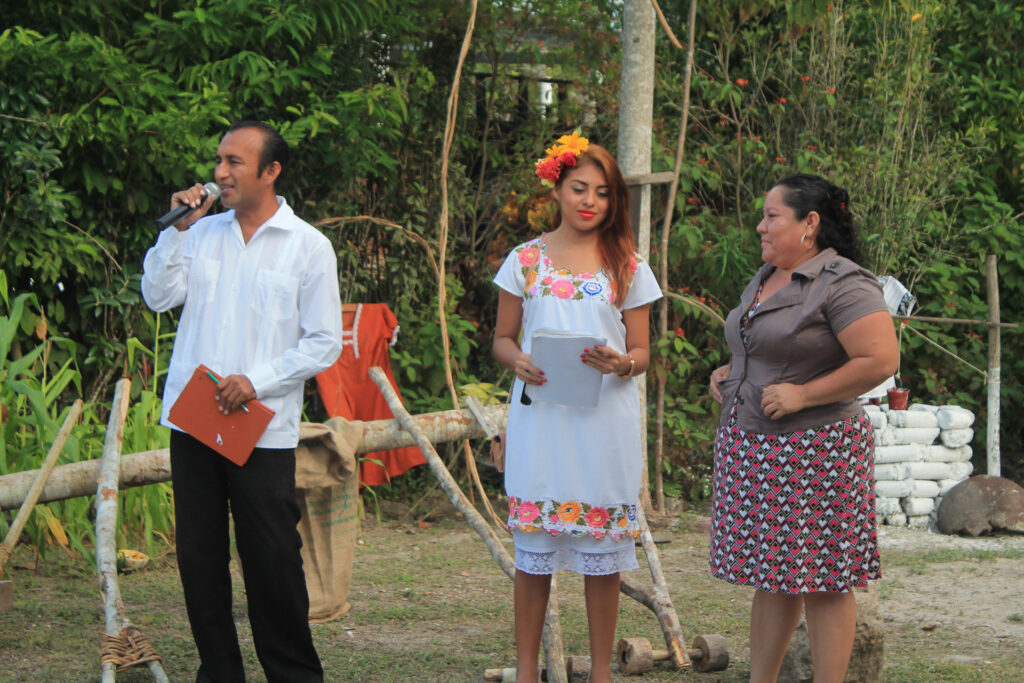
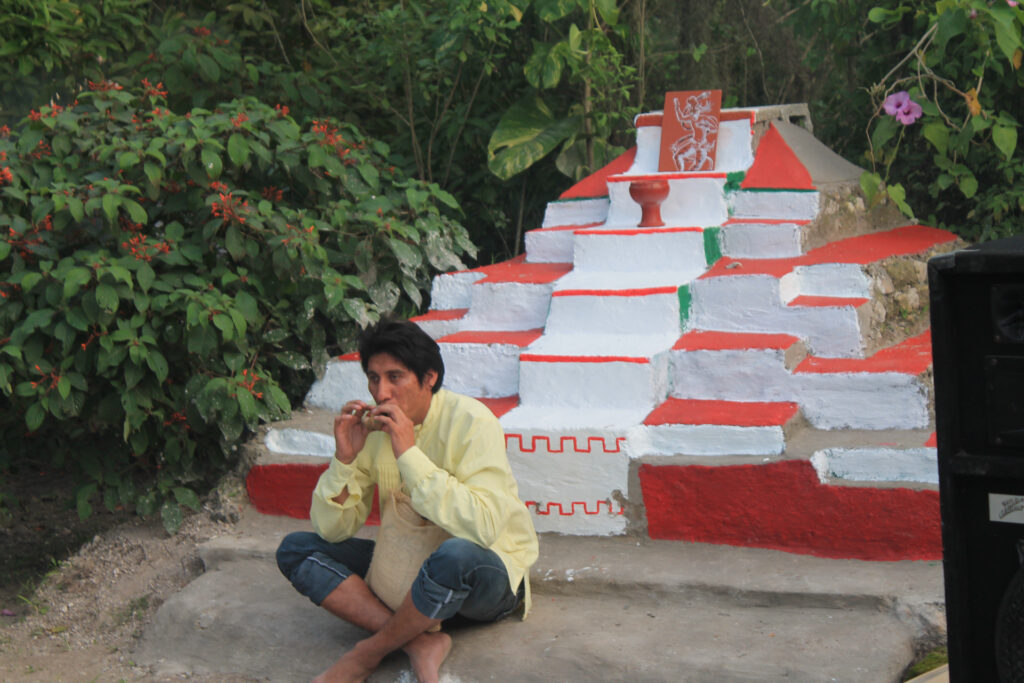

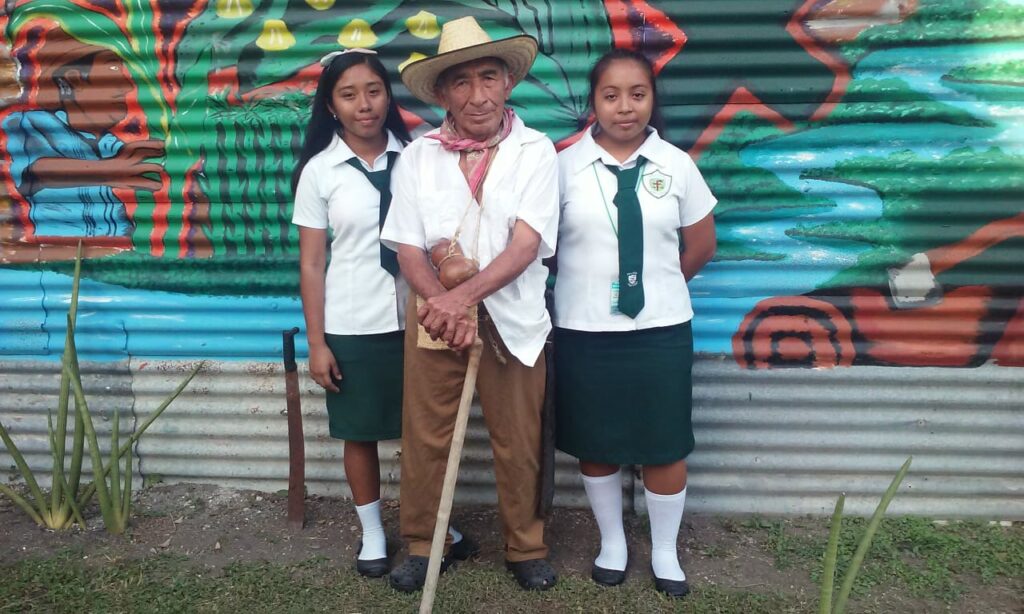
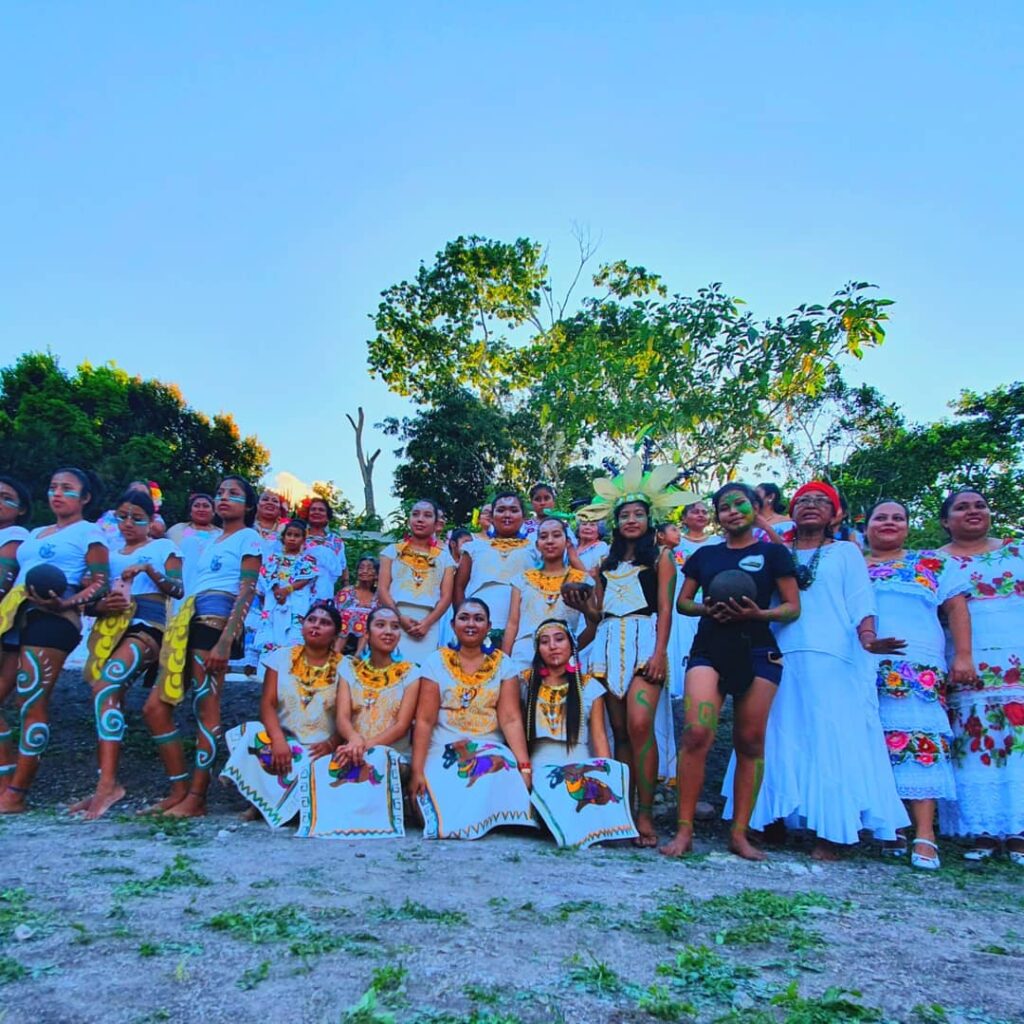
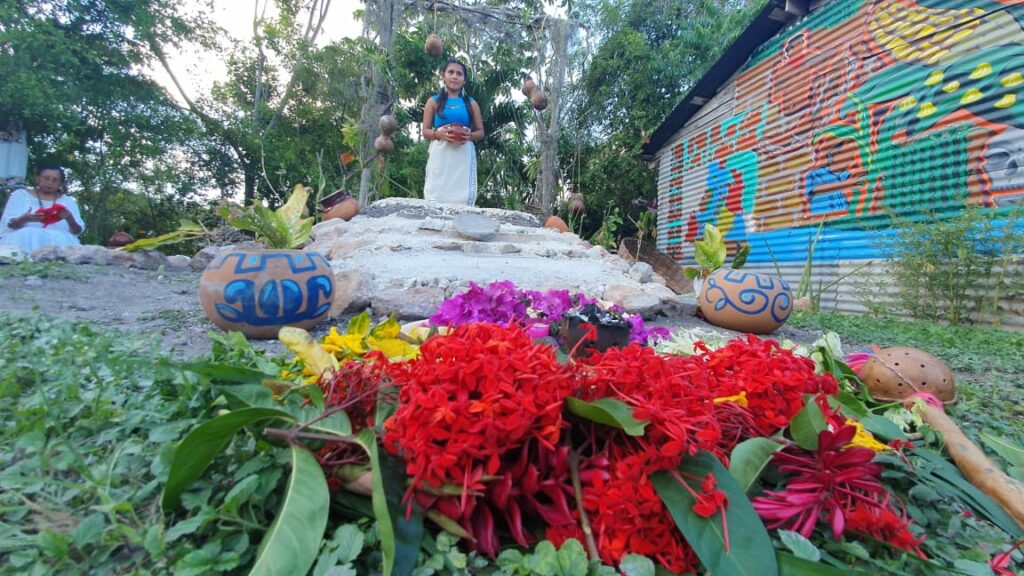
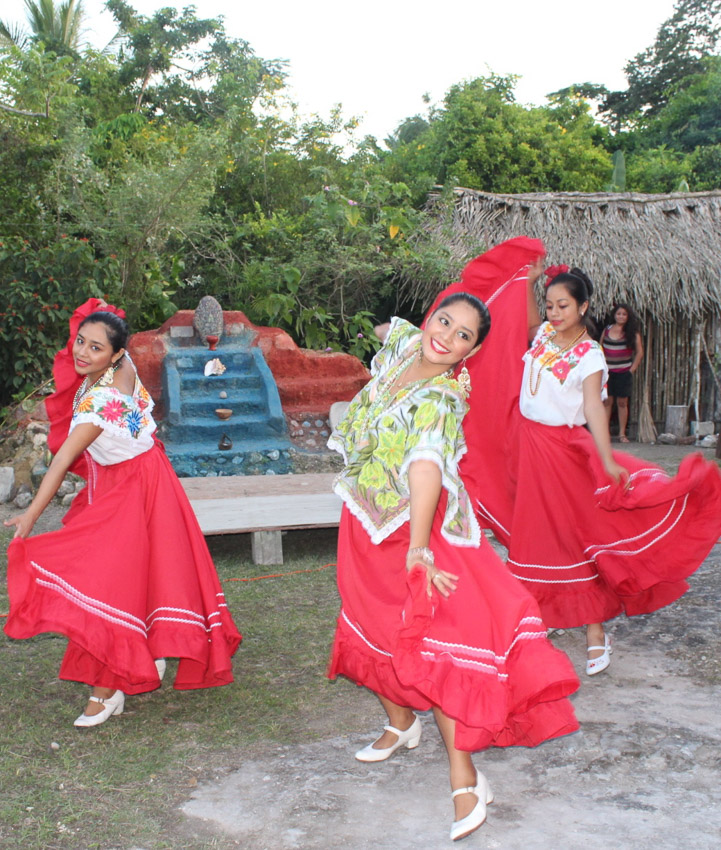

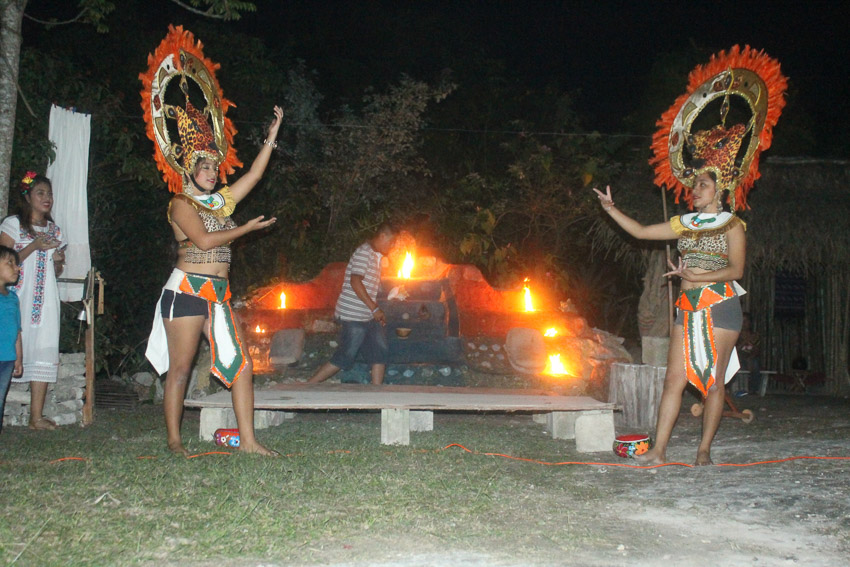
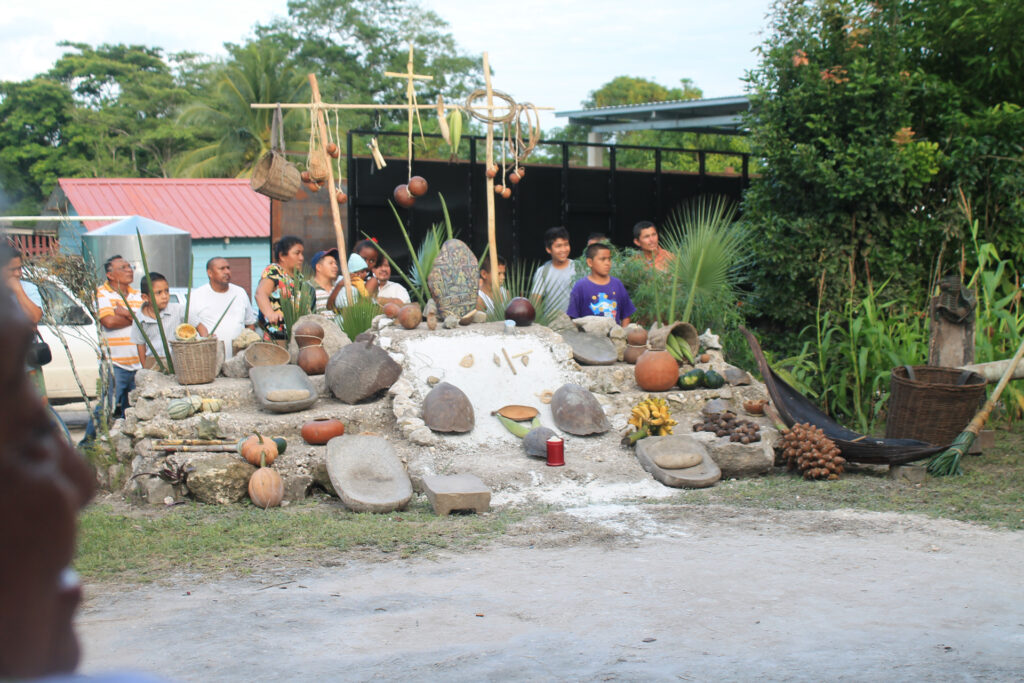
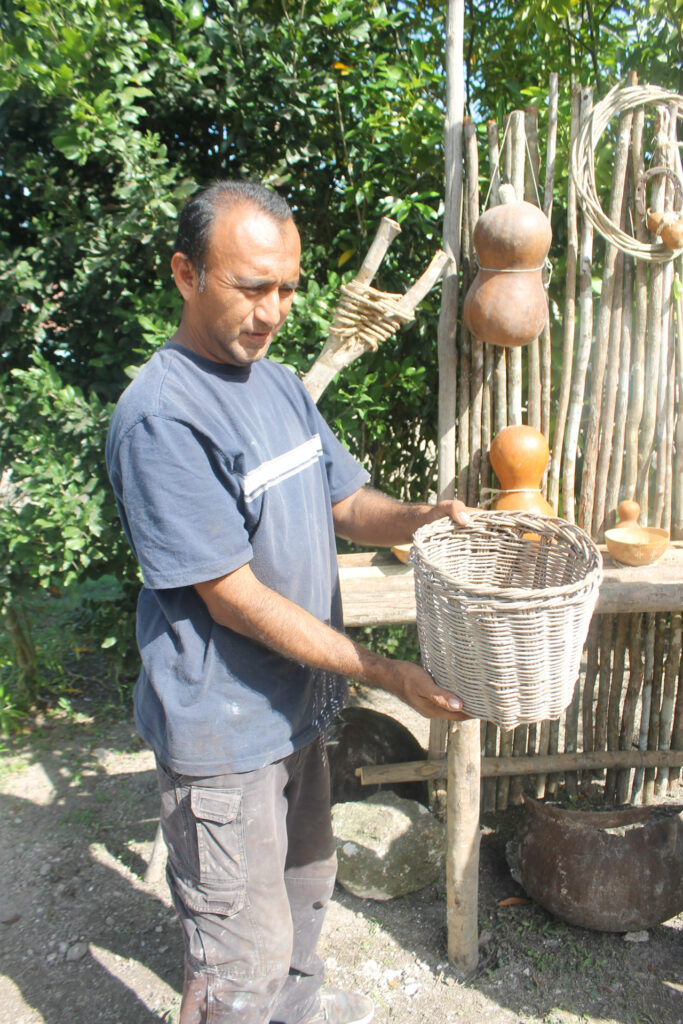

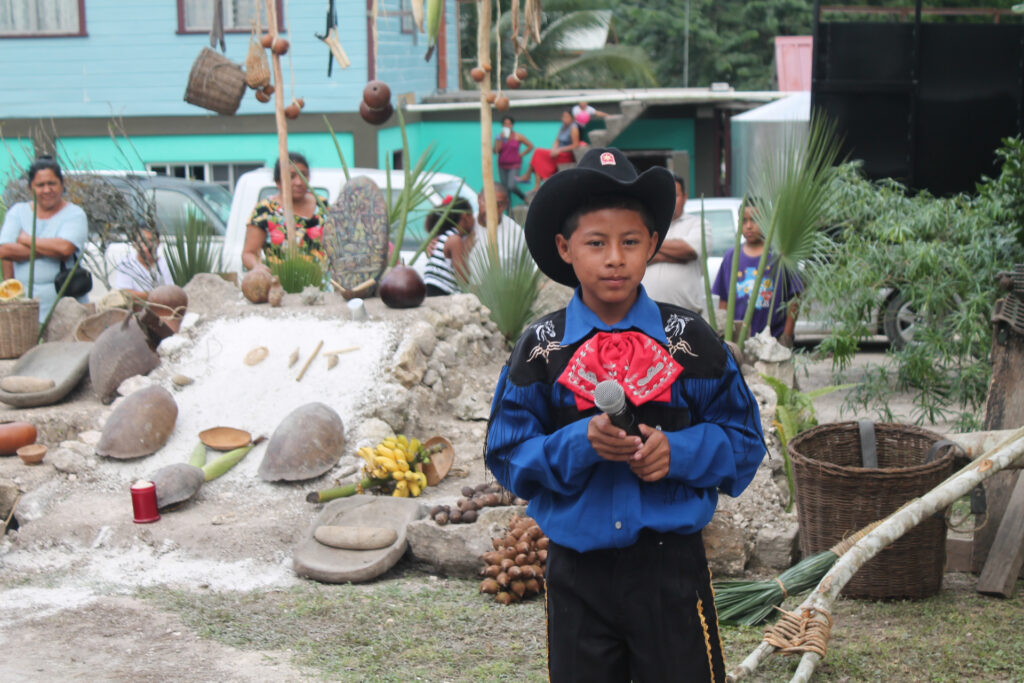
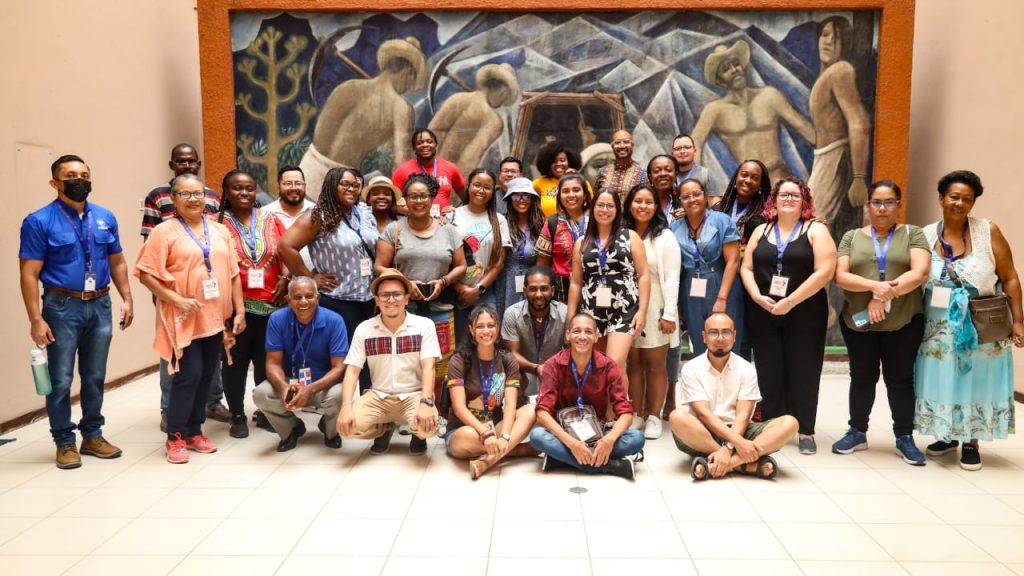
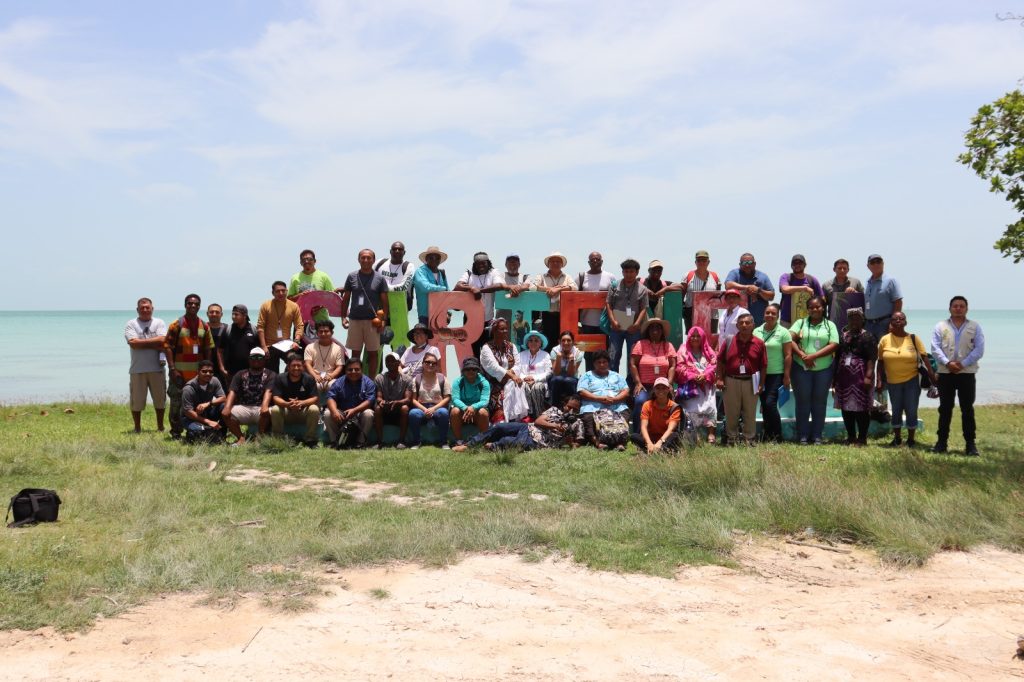
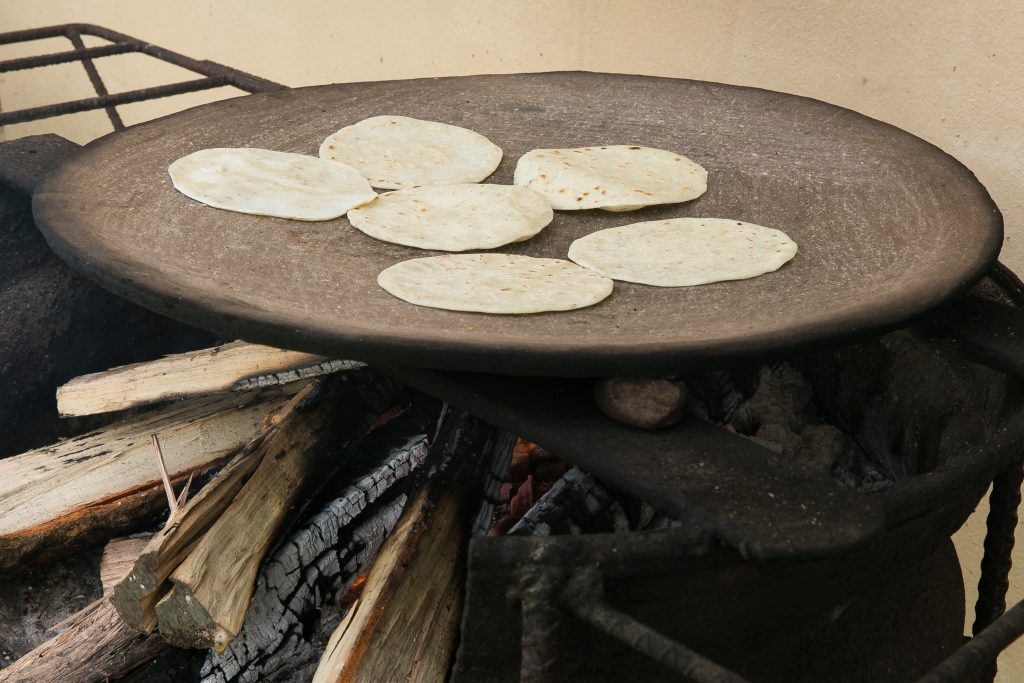
Recent Comments